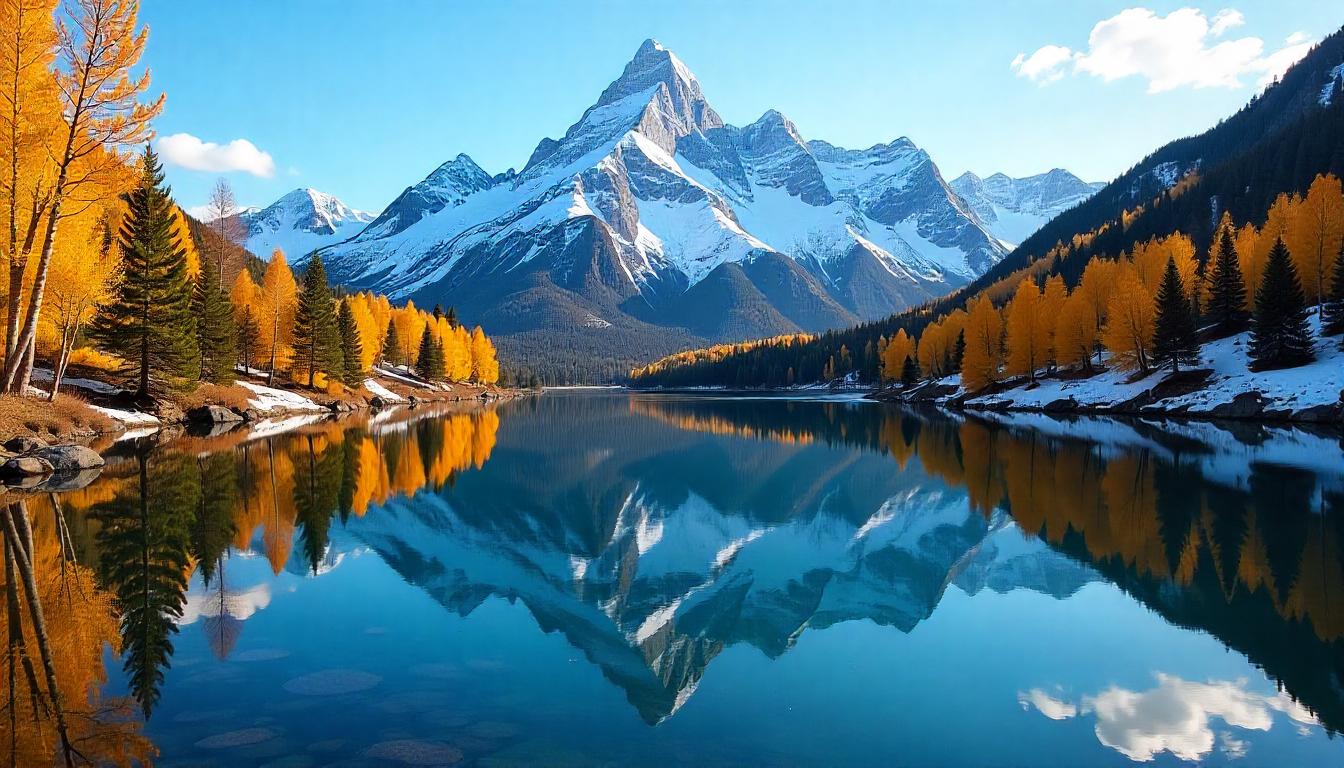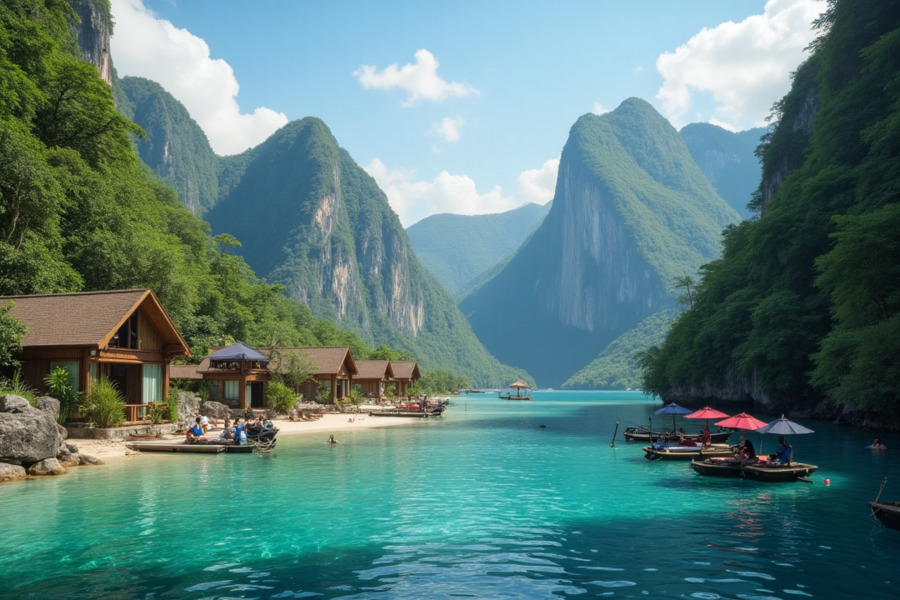≡-Colorado Joins Utah, California, Nevada, Wyoming, Montana Idaho and More Across the US in Struggling with Decreased Summer Occupancy as International Travelers Pull Back – Viral of Today
<> Viral of Today <>
Home » America Travel News » Colorado Joins Utah, California, Nevada, Wyoming, Montana Idaho and More Across the US in Struggling with Decreased Summer Occupancy as International Travelers Pull Back Tuesday, June 24, 2025As summer approaches, Colorado, along with Utah, California, Nevada, Wyoming, Montana, Idaho, and other Western U.S. states, is grappling with a significant decline in occupancy rates. This struggle is largely attributed to a sharp decrease in international travelers, especially from Canada, Western Europe, and Mexico, who have traditionally been key to the region’s tourism industry. Rising economic uncertainty, inflation, and increased travel costs have led to hesitancy in booking, while domestic travel growth has been insufficient to offset the drop in international visitors. These factors have resulted in a major slowdown for mountain destinations that have long relied on international tourism to drive revenue and occupancy during the summer season.As the U.S. tourism industry heads into the summer season, several Western states, including Colorado, Utah, California, Nevada, Wyoming, Montana, and Idaho, are grappling with a significant decline in bookings and occupancy rates. This downturn has been attributed to a combination of rising costs, economic uncertainty, and a notable pullback from international travelers who have historically been vital to the region’s tourism economy.A Shift in Summer Tourism TrendsBooking data from Inntopia’s DestiMetrics briefing reveals that for the first time in years, the Western U.S. is seeing a prolonged slump in bookings. In May 2025, bookings to mountain destinations across seven major Western states fell for the sixth consecutive month, a trend not seen since the COVID-19 pandemic. For many of these states, the decline in international travelers, especially from Canada, Western Europe, and Mexico, has led to a steep drop in occupancy rates, particularly in Colorado.Colorado, once a leading mountain destination, has experienced one of the hardest hits in this downturn. Occupancy rates for the month of May 2025 dropped 15.1% compared to the previous year. Other Western states have not been as heavily impacted, with occupancy rates in states like Utah, California, and Nevada seeing a less severe dip—averaging a 0.7% decrease.Economic Pressures and Rising CostsOne of the primary factors contributing to this decline is the economic environment. Rising inflation, increasing daily rates, and fears of economic instability have all weighed heavily on potential travelers. In May 2025, the average daily rate (ADR) across the U.S. increased by 2%, while Colorado’s ADR saw a moderate rise of 1.5%. While higher rates have kept some revenue afloat for hotels, they have also deterred budget-conscious travelers from booking vacations in the region.Moreover, economic factors like Colorado’s rising unemployment rate of 4.8%, which exceeds the national average, have compounded the problem. With disposable income shrinking due to economic uncertainty, many travelers are opting for more budget-friendly options, leading to an overall reduction in demand for mid-range and luxury accommodations.The Decline of International TravelersThe most significant impact on summer occupancy is the reduction in international visitors. Bookings from Canada have plummeted by 55.5%, from Western Europe by 35.5%, and from Mexico by 5.4%. The decline in international arrivals marks a stark shift from previous years, when travelers from these regions made up a significant portion of the summer tourist influx to the U.S. mountain destinations.In Colorado, visitors from Canada and Mexico alone accounted for nearly half of the international visitors in 2024, contributing over $265 million to the state’s tourism economy. However, with travel restrictions, rising costs, and a stronger U.S. dollar, these international markets are now pulling back, further exacerbating the drop in bookings. This is especially concerning given the strategic importance of these international travelers for Colorado’s tourism industry.Domestic Travel Trends: A Mixed OutlookWhile international travel continues to decline, domestic tourism has shown a slight increase. In fact, bookings from U.S. residents were up by 1.7% compared to the same period last year. However, the overall decline in international visitors has been too great to be fully offset by domestic growth. As a result, several Western U.S. states are seeing occupancy rates lower than anticipated for the summer months.Struggling for RecoveryThe outlook for the rest of the summer is mixed. Occupancy rates for Colorado and its neighboring states have been revised downward for July, August, and September. For instance, Colorado’s bookings for July are projected to drop 5.1%, while August and September are expected to see smaller dips of 0.9% and 4.7%, respectively. This downward trend is primarily driven by international travelers’ reluctance to book trips to the U.S. due to economic uncertainty, higher costs, and political instability in certain regions.While domestic travelers are still showing interest in visiting mountain destinations, particularly in Utah, California, and Nevada, the overall reduction in occupancy signals a struggle for recovery. Local and state tourism boards are now shifting their focus toward improving domestic engagement and adjusting marketing strategies to appeal to budget-conscious travelers.Colorado, along with Utah, California, Nevada, Wyoming, Montana, and Idaho, is facing decreased summer occupancy as international travelers pull back due to rising costs, economic uncertainty, and global travel disruptions, severely impacting tourism across these key Western U.S. states.A Long-Term Challenge for the U.S. Tourism IndustryThe declining international tourist numbers and the financial pressures on potential visitors have created long-term challenges for Western U.S. mountain destinations. The region’s tourism leaders now face the complex task of recovering from a persistent slump and re-attracting international tourists. This task is compounded by rising costs, an unpredictable economic climate, and shifting travel habits that emphasize affordability.As the summer season continues, the Western U.S. states—especially Colorado—must recalibrate their approach to both domestic and international tourism to reverse the trend of declining bookings and occupancy. There is hope that with adjusted marketing strategies and a stabilizing economic outlook, the region can reclaim its position as a leading tourist destination.Tags: California, Colorado, Colorado Tourism, domestic tourism, economic uncertainty, Impact of rising costs, international travel decline, Montana Idaho, Nevada, Summer occupancy decline, Tourism news, travel industry trends, U.S. mountain destinations, U.S. travel disruptions, Utah, Western US tourism, Wyoming
This information will surprise you!
See also
- Read until the end to discover everything.
- Important information you need to know.
- Interesting facts and helpful tips.
Conclusion
Did you enjoy the news? Keep following us daily!













